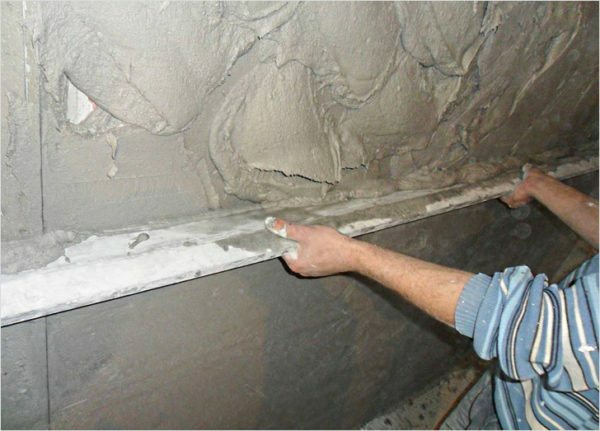Coating varnish wallpaper is often performed to enhance their physical protection. The fact that the varnish creates a protective film on the wallpaper, which rejects dirt. Lacquered wallpapers are washable, more glossy in appearance, but also more durable. However, be aware that there is no universal type of varnish, suitable for all kinds of wallpaper. Therefore, to the autopsy material of the finishing varnish is successful, it is necessary to consider some nuances.
Paper and non-woven wallpaper
Materials such as paper or nonwoven, need to apply a protective layer. Varnish protects them from dirt, water resistant and gives shine. The most optimal one for paper and nonwoven fabric is considered acrylic water-based lacquer. It easily goes to, but because the work does not take much time.
Important! When processing paper wallpaper paint can disperse the joints. This is due to the fact that in the process of drying nail tapers slightly and as a result, pulls the paper. To avoid this, when wallpapering joints should not do back to back, and a little overlap.
It is worth noting that flazelinovye wallpaper are often purchased for painting. In this case, they must first paint in the selected color, and then to varnish.

Important! White wallpaper for painting is not recommended to varnish! As a result, they become transparent because of what will be visible all the defects of the walls. If you plan to leave the wallpaper in white, then it is better to paint with white paint and then varnished.
Vinyl wallpapers
This type of wallpaper are often in need of a varnish coating. Vinyl itself - washable and water-resistant material, and therefore do not need to strengthen these qualities. Lac, on the contrary, can spoil the decorative coating. The only time it is recommended to use a nail - is foamed wallpaper. In this case, the material is vulnerable and in need of additional protection.
natural wallpaper
The most popular natural wallpaper include:
- cork;
- bamboo;
- wood.
Each of these materials does not tolerate moisture, and therefore in need of a varnish treatment. At the same time, a special lacquer is available for each case of natural wallpaper.
Thus, bamboo is not very fastidious to the coating. He can use any paint. The main thing that it was colorless as bamboo, and so has a nice color.

But for cork wallpaper should choose a special composition with an appropriate inscription. The fact that the normal nail will reduce the elasticity of the material, and also worsens air permeability.

fabric wallpaper
Important! Wallpaper on the basis of tissue prohibited varnish! This material does not tolerate treatment with varnish, and as a result of the wallpaper surface can be broken.

The liquid wallpaper
This type of wallpaper it is not recommended to washAnd therefore to increase the protective properties of their better treated with lacquer. Moreover, a much more efficient lacquer manifest themselves if fill mixture of the liquid during the preparation of wallpaper.

The varnish may be applied and the finished trim. For this purpose, you must purchase a special blend. It should be applied very carefully on the wall, paying particular attention to defects.
How to cover with varnish wallpaper - step by step guide
Carry out this procedure can be their own. The main thing - to adhere to the sequence of actions:
Step 1. Pokleit wallpaper and wait for them to dry completely.

Step 2. On wallpaper before lacquer is recommended to apply a coat of the primer composition of the transparent color.

Step 3. The varnish should be applied with a brush or roller on the wallpaper in several layers. the best is 2-3 layers. Before each subsequent treatment should wait for complete drying of the previous layer.

Step 4. After the final drying, the wallpaper is recommended to polish with a soft cloth. This will give the walls a light sheen.

In case of repair lacquer removal of wallpaper can be quite time consuming. Remove blade in several ways:
- Clear lacquer layer sandpaper or a scraper. Then abundantly wet the wallpaper and let them soak in water. After this finishing material can be removed spatula.
- Process special varnish composition (eg., Dissukol). For this wallpaper pierced with a spiked roller, after which the composition is poured into them. Then, wait time specified in the instructions. As a result, the wallpaper is much easier to separate from the walls.
2017-2018. Copying of materials is possible without preliminary negotiation in the case of a direct hyperlink to our website.


